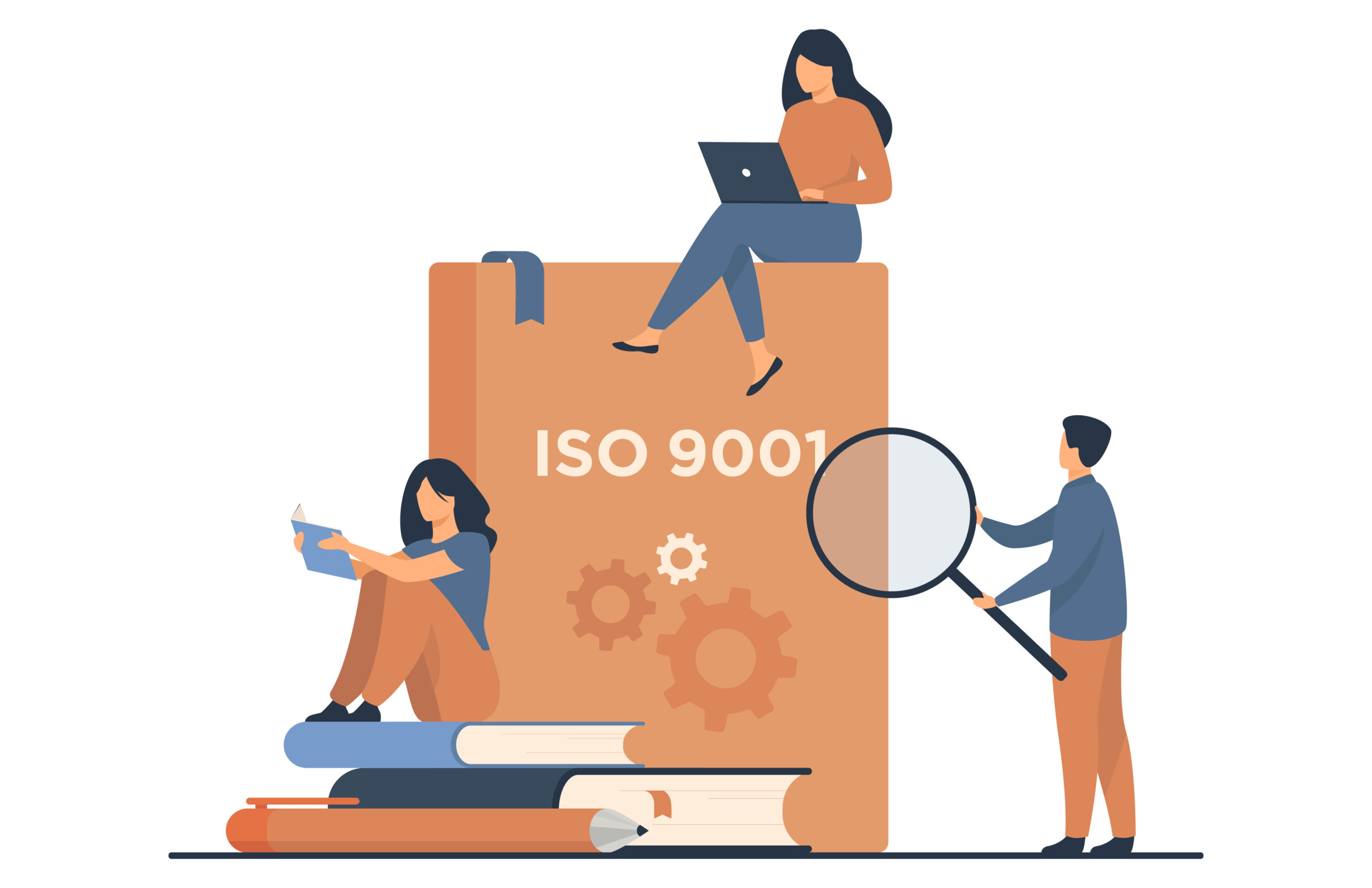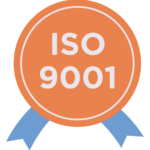ISO 9001 Clause 10
ISO 9001:2015

Understanding ISO 9001:2015 Clause 10
A Guide to Improvement for Small Businesses
As a trusted certification body, we know that continual improvement is more than just a requirement. It is essential for staying competitive and keeping your customers happy. Clause 10 of ISO 9001:2015, titled “Improvement,” outlines how businesses of all sizes, including small enterprises, can build a structured approach to enhancing their quality management system (QMS).
This clause ensures your organization actively identifies improvement opportunities, resolves problems effectively, and implements changes that elevate your business performance.
What Does Clause 10 Require?
Clause 10 focuses on cultivating a culture of continuous improvement. It makes sure your quality system is not just for compliance. It also helps drive progress, innovation, and customer satisfaction. For small businesses, this is an opportunity to strengthen operations, reduce inefficiencies, and increase value to customers.
ISO 9001:2015 Clause 10 is Improvement. Continuous improvement is at the heart of a QMS. It helps your company stay competitive and keeps your customers happy. To explore the other clauses of the standard, click on a link.

Here’s how your business can meet the core expectations
of Clause 10:
1. Addressing Nonconformities and Implementing Corrective Actions
When something goes wrong—whether it’s a customer complaint, a product defect, or a missed delivery—Clause 10 requires that you act swiftly. Your team should:
- Investigate the issue
- Identify the root cause
- Take corrective action to prevent it from happening again
- Verify that the fix worked
2. Fostering Continual Improvement
Continual improvement isn’t about massive changes—it’s about consistent, incremental enhancements. Encourage staff to bring forward ideas, review performance data, and take small steps that lead to better outcomes. Clause 10 supports a long-term mindset of progress.
3. Using Data for Smarter Decisions
Through analyzing trends, process performance, and customer feedback, your organization can prioritize improvement actions based on evidence. This data-driven approach empowers you to make targeted decisions that improve quality and efficiency.
4. Managing Organizational Change
Teams should plan, assess, and control changes when introducing a new process, product, or supplier. Clause 10 encourages businesses to manage change thoughtfully to protect the integrity of their QMS during periods of transition.
5. Reviewing the Impact of Corrective Actions
Improvements are only successful if they solve the problem. That’s why Clause 10 emphasizes the importance of reviewing the effectiveness of corrective actions—are they working? Do they need adjustment?
How Small Businesses Can Comply with Clause 10
Compliance doesn’t require complexity. Here’s how small businesses like yours can put Clause 10 into action:
- Create a simple corrective action log to track issues and solutions
- Collect customer feedback through informal surveys or conversations
- Hold brief improvement meetings to review recent data and suggest ideas
- Train staff on how to spot and report process issues
- Establish a basic change management checklist for new procedures or tools
- Celebrate small wins to reinforce a culture of improvement
Remember, continual improvement can be as simple as reducing errors, speeding up a task, or increasing customer satisfaction.
Why Clause 10 Matters
For small businesses, continual improvement can be the difference between surviving and thriving. By integrating Clause 10 into your daily operations, you:
- Build resilience against recurring issues
- Enhance the quality of your products and services
- Strengthen your reputation with customers and partners
- Ensure your QMS evolves as your business grows
A Brief History of Clause 10
The emphasis on improvement has evolved through each revision of ISO 9001:
- 1987 & 1994 versions focused mainly on quality assurance
- 2000 & 2008 versions began to introduce systematic improvement practices
- ISO 9001:2015 established Clause 10 as a standalone, robust requirement focused on corrective actions and continual enhancement
Today, ISO 9001:2015 reflects modern business needs by embedding improvement at the heart of quality management.
In Summary
Clause 10 of ISO 9001:2015 empowers your organization to move from reactive to proactive. As a certification body, we see first-hand how small businesses can benefit from embracing continual improvement—not just to comply with the standard, but to unlock greater efficiency, reliability, and customer satisfaction.
If you’re considering certification or want help applying Clause 10 to your business, we’re here to guide you every step of the way.
Ready to build a better business through ISO 9001? Let’s talk.

